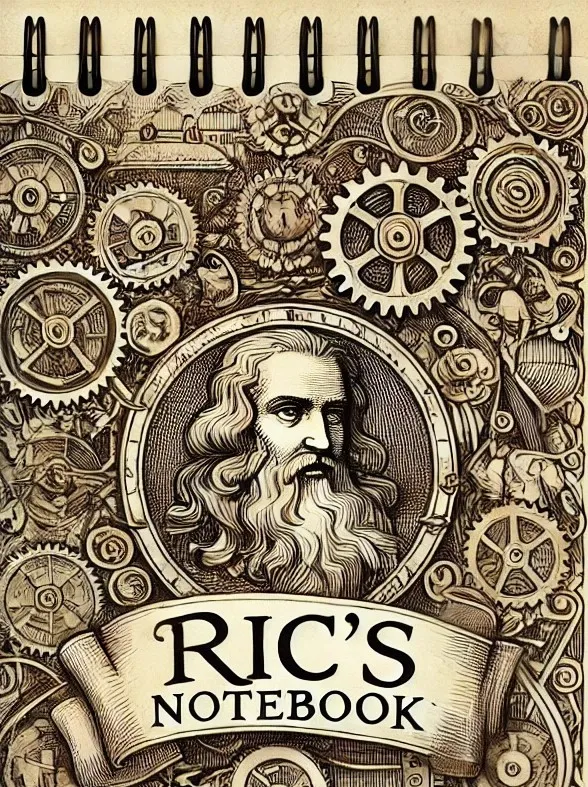
- Published on
- Authors

- Name
- ric de yuga 😄
Quantum Key Distribution: The Ekert91 Protocol
🌌 Introduction: The Ekert91 Protocol
Quantum Key Distribution (QKD) has opened new avenues for secure communication. The Ekert91 protocol, introduced by Artur Ekert in 1991, is a pioneering method in this field. It uses quantum entanglement and Bell's inequality to ensure secure key exchange between two parties, typically called Alice and Bob.
Remember it as: "E91 = Entanglement + Bell's test for '91 security"
✨ The Ekert91 Protocol: Fundamentals
🌀 Entanglement and Bell States
The protocol relies on entangled photon pairs described by Bell states. These are maximally entangled quantum states of two qubits.
Visualize it as: Two dancers perfectly in sync, no matter how far apart they are.
Bell states:
Mnemonic: "PHI for same (HH or VV), PSI for different (HV)"
🔍 The Ekert91 Protocol: Step-by-Step
Entangled Photon Generation: A source creates entangled photon pairs and sends one to Alice, one to Bob.
Imagine: A quantum matchmaker sending connected twins to different cities.
Basis Selection and Measurement: Alice and Bob randomly choose one of three measurement bases:
- Horizontal-Vertical (
and
)
- Diagonal (
and
)
- Intermediate (
and
)
Visualize: A clock face with hands at 12, 1:30, 3, 4:30, 6, and 7:30.
Classical Communication and Sifting: They announce their bases and keep matching results.
Think of it as: A cosmic game of "Snap!" where matching cards are kept.
Error Checking and Bell's Inequality Test: Non-matching bases are used to check for eavesdropping via Bell's inequality.
Analogy: It's like checking if someone has been peeking at your cards by how they react to certain moves.
Key Generation and Postprocessing: Generate a shared secret key from sifted data, then refine it.
Imagine: Distilling pure water from a mixed solution.
📊 Summary Table: Ekert91 Protocol Steps
| Step | Description | Memory Aid |
|---|---|---|
| 1 | Generate entangled photons | Quantum twins born |
| 2 | Select bases & measure | Spin the quantum clock |
| 3 | Communicate & sift | Cosmic "Snap!" game |
| 4 | Check Bell's inequality | Eavesdropper detector |
| 5 | Generate & process key | Quantum key distillery |
🛡️ Security Basis of Ekert91
🔍 Bell's Inequality and Eavesdropping Detection
Bell's inequality helps detect eavesdroppers (Eve) by revealing disturbances in the entangled state.
Think of it as: A quantum tripwire that Eve can't avoid triggering.
🛡️ Advantages of Ekert91
- Based on fundamental quantum principles
- Robust eavesdropping detection
- No need for a trusted photon source
Remember as: "QED" - Quantum foundations, Eavesdropper detection, Doesn't need trusted source
🌐 Practical Implementations and Challenges
🔬 Photon Generation and Detection
Requires reliable entangled photon sources and efficient detectors.
Visualize: A quantum light bulb producing perfectly paired photons.
🌌 Quantum Channel Loss
Photon loss can reduce efficiency and security. Quantum repeaters are a potential solution.
Analogy: Quantum postal service with special sorting offices (repeaters) to ensure delivery.
📊 Environmental Noise
External factors can introduce errors.
Think of it as: Quantum whispers that need isolation from the noisy world.
🔮 Conclusion: Harnessing Entanglement for Secure Communication
Ekert91 leverages quantum entanglement for secure key distribution, playing a crucial role in future secure communication systems.
Final analogy: Ekert91 is like a quantum dance where Alice and Bob perform perfectly synchronized steps, and any attempt by Eve to join in immediately breaks the rhythm.
By understanding these concepts and using these memory aids, you can better grasp and recall the principles of the Ekert91 protocol and its significance in quantum cryptography.
